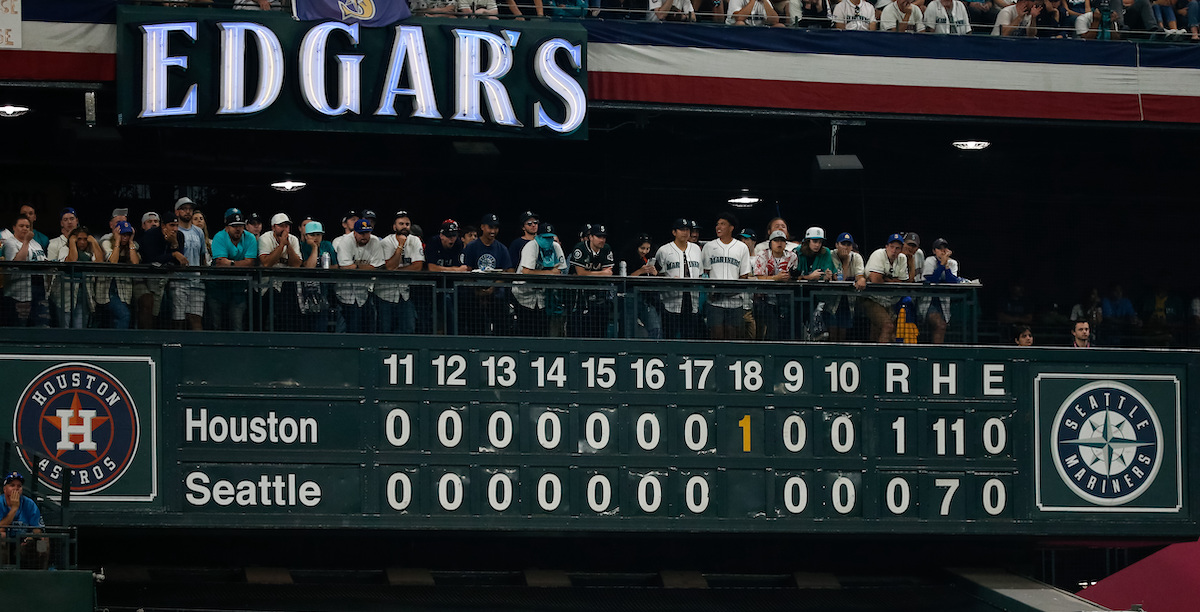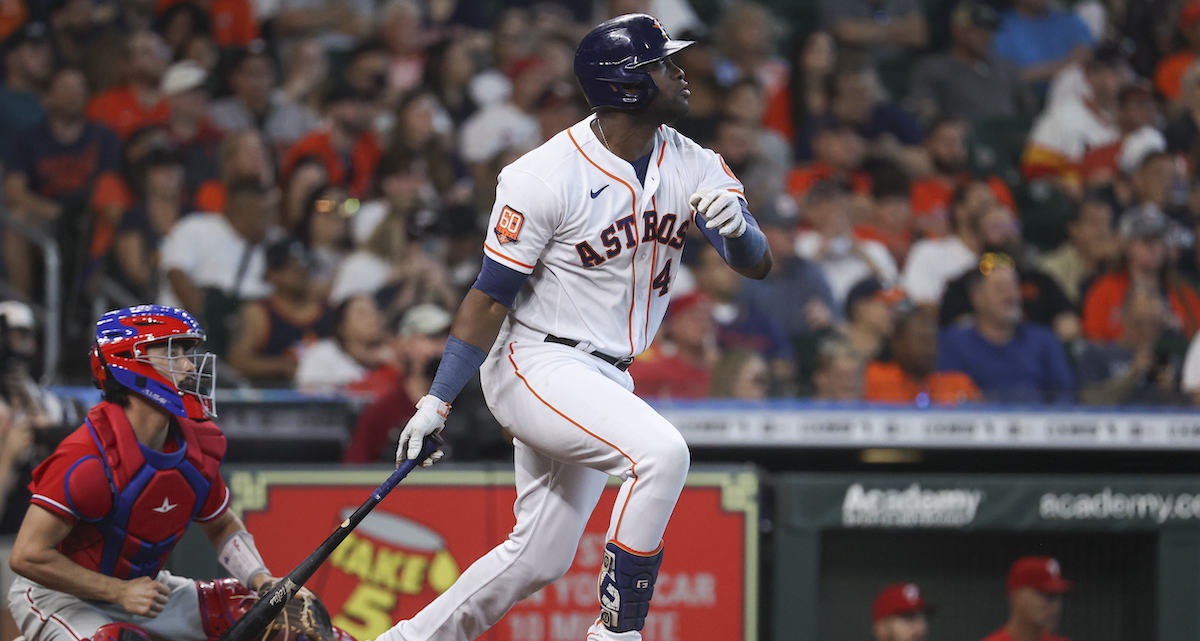Ousted Dodgers Drive Home Disconnect Between Regular Season and Playoffs

They ran roughshod over the league for six months thanks to an elite offense, great pitching, and exceptional defense, posting a win total that hadn’t been seen in decades. Yet a stretch of a few bad days in October sent them home, consigning them to the status of historical footnote and cautionary tale. Somebody else would go on to win the World Series.
Such was the fate of the 2001 Mariners, though everything above applies to this year’s Dodgers as well, who won 111 games — the most by any team since those Mariners, and the most by any NL team since the 1909 Pirates — but were bounced out of the playoffs on Saturday night. A Padres team from whom they had taken 14 out of 19 games during the regular season beat them three games to one in the Division Series because they got the clutch hits they needed while the Dodgers didn’t. The combination of an 0-for-20 streak with runners in scoring position that ran from the third inning of Game 1 to the third inning of Game 4 — after which they began another hitless-with-RISP streak — and some puzzling bullpen choices by manager Dave Roberts doomed them.
There’s been plenty of that going ’round. The Padres, who won 89 games this year, were facing the Dodgers only because they first beat the 101-win Mets in the best-of-three Wild Card Series. Earlier on Saturday, the defending champion Braves, who claimed the NL East title with 101 wins this year and like the Dodgers played at a better-than-.700 clip from June through September, were ousted by the Phillies. On Saturday evening, the 99-win Yankees let a two-run lead in the ninth slip away against the 92-win Guardians, pushing them to the brink of elimination, though they rebounded on Sunday night, pushing the series to a decisive Game 5 in New York.
Upsets in short postseason series are practically as old as postseason series themselves. In 1906, in the third modern World Series, the 93-win White Sox, a/k/a “The Hitless Wonders,” took down their crosstown rivals, the 116-win Cubs, four games to two. In 1954, the 97-win Giants beat the 111-win Indians in the World Series. In 1987, the 85-win Twins bumped off the 98-win Tigers and then the 95-win Cardinals. Last year, the 89-win Braves felled the 106-win Dodgers in the NLCS, then the 95-win Astros in the World Series.
Such unexpected wins are a cornerstone of baseball history. As MLB.com’s Anthony Castrovince noted, in terms of the gap in winning percentage between the underdogs and the favorites, the Padres trail only the aforementioned 1906 White Sox in the annals, with a 136-point gap (.549 to .685) compared to the Chicagoans’ 147-point gap (.616 to .763). In third place is the 122-point gap from the 2001 ALCS between the Yankees and Mariners (.594 to .716), and in fourth is the 107-point gap from last year’s NLCS between the Braves and Dodgers (.547 to .654). The 86-point gaps between the Nationals and Astros in the 2019 World Series and between the Braves and Phillies in this year’s Division Series are tied for seventh. By that measure, seven of the top 11 upsets have happened in this millennium. Read the rest of this entry »










